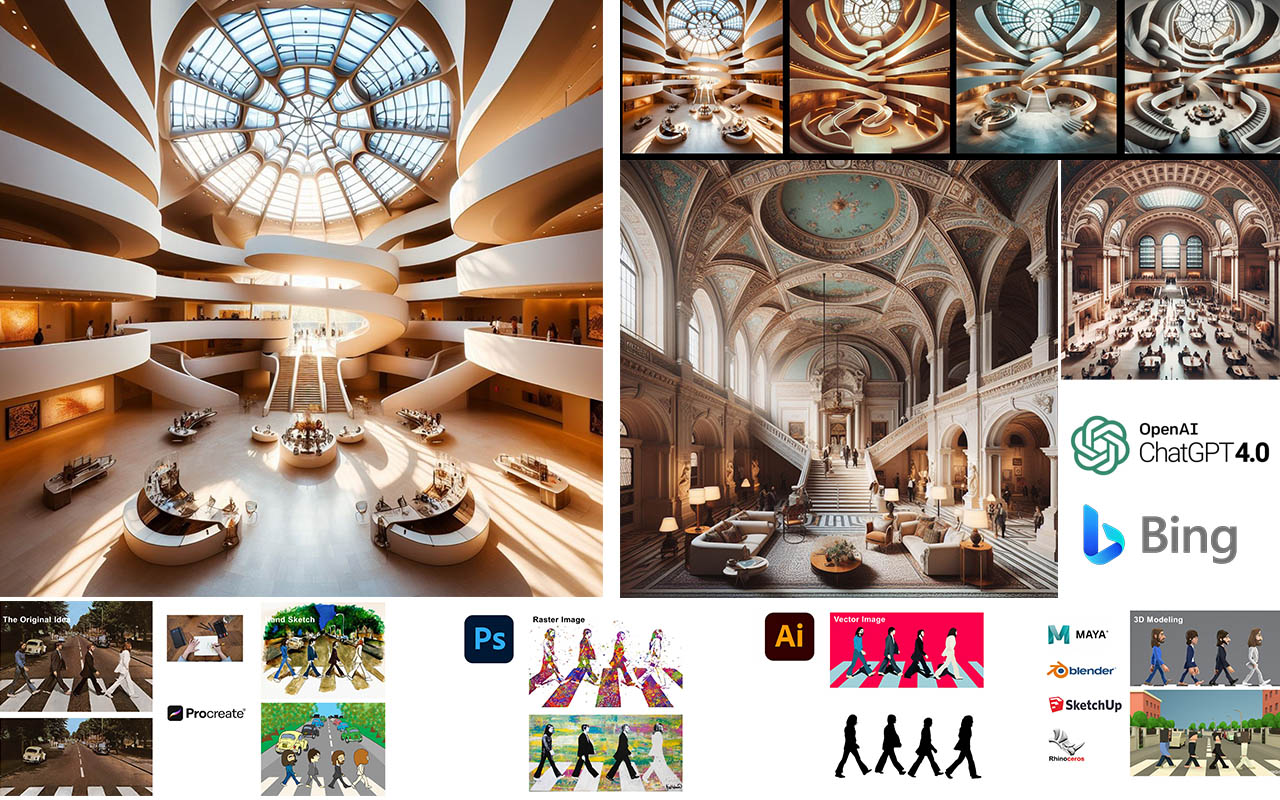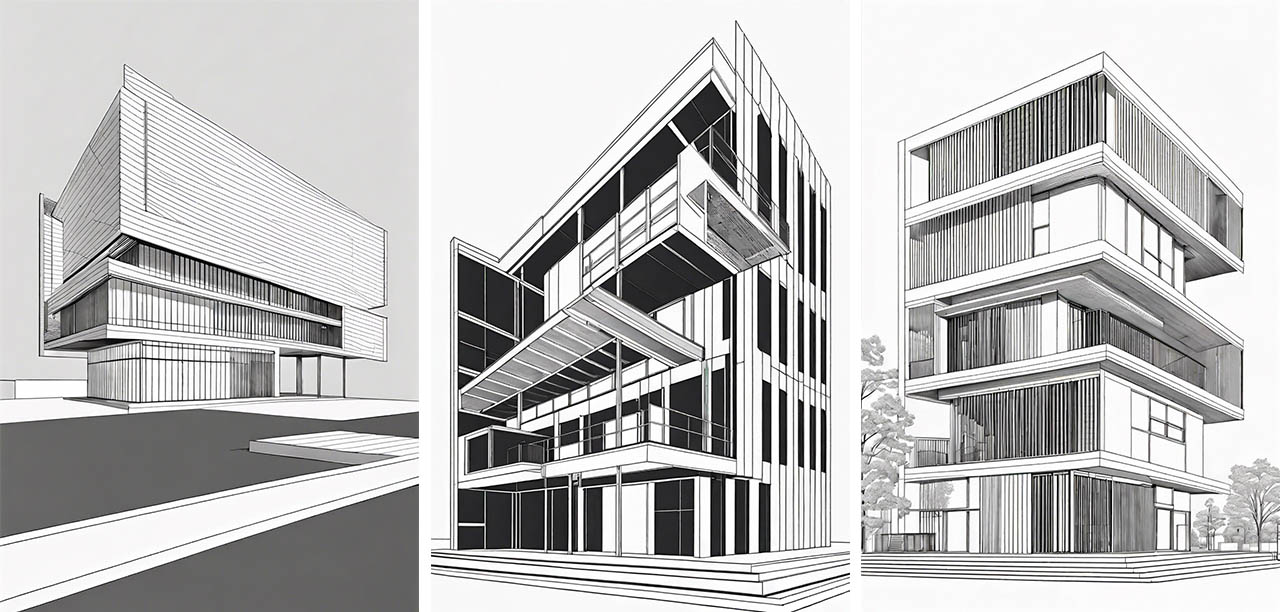Generative architectural design is an innovative approach that uses algorithms and computational processes to create complex architectural forms and solutions. This method leverages computational tools to explore a vast array of design possibilities, optimizing for specific criteria or constraints. Generative architectural design is transforming how architects and designers approach the design process, offering new ways to solve complex design challenges and push the boundaries of traditional architecture.

Algorithms for Generative Design
Generative design relies on algorithms to generate design solutions. These algorithms can be based on a variety of approaches, including parametric design, rule-based systems, evolutionary algorithms, and artificial intelligence. Using software with adaptive scripts, such as Rhinoceros with Grasshopper and Revit with Dynamo, has enhanced the process to develop it. Designers set specific parameters and constraints that the algorithm must consider. These can include spatial requirements, environmental conditions, materials, structural integrity, aesthetics, and sustainability goals.

Design Iterations with AI assistance
Generative design often includes optimization techniques to find the best design solution based on certain criteria. The algorithm generates multiple design iterations based on the given parameters. This can result in a wide range of design solutions, each optimized for different aspects of the project. Selected designs may undergo further refinement, combining computational processes with human creativity and expertise to achieve the desired outcome.

Virtual & Augmented Reality (VR&AR)
Using VR and AR technologies to provide immersive experiences where users can explore and interact with virtual representations of architectural designs.

